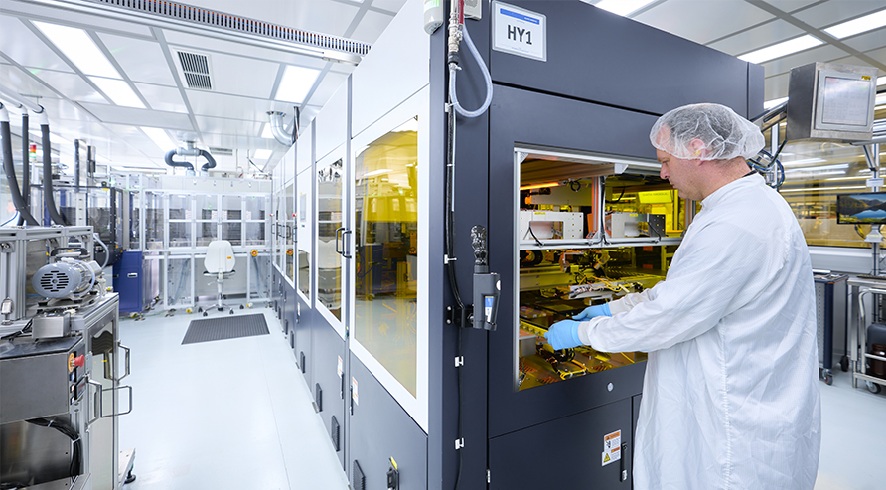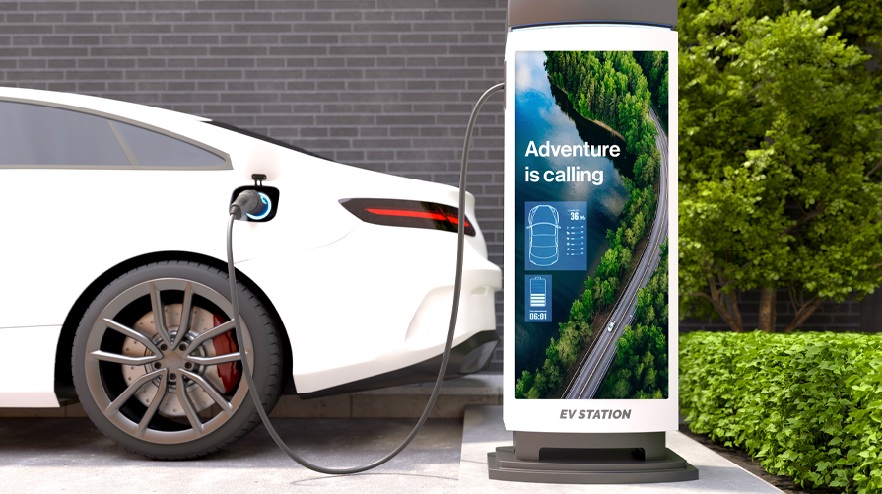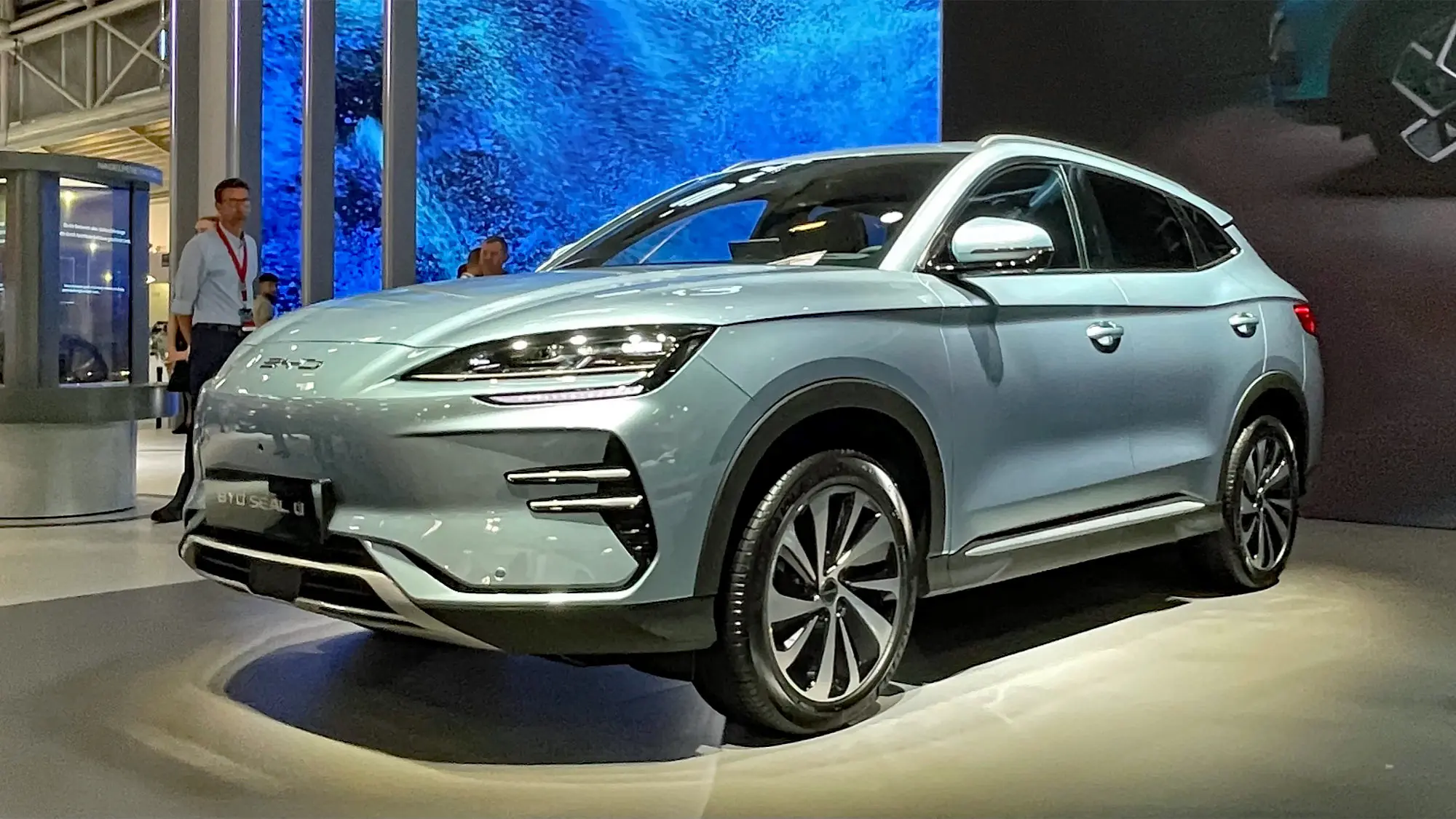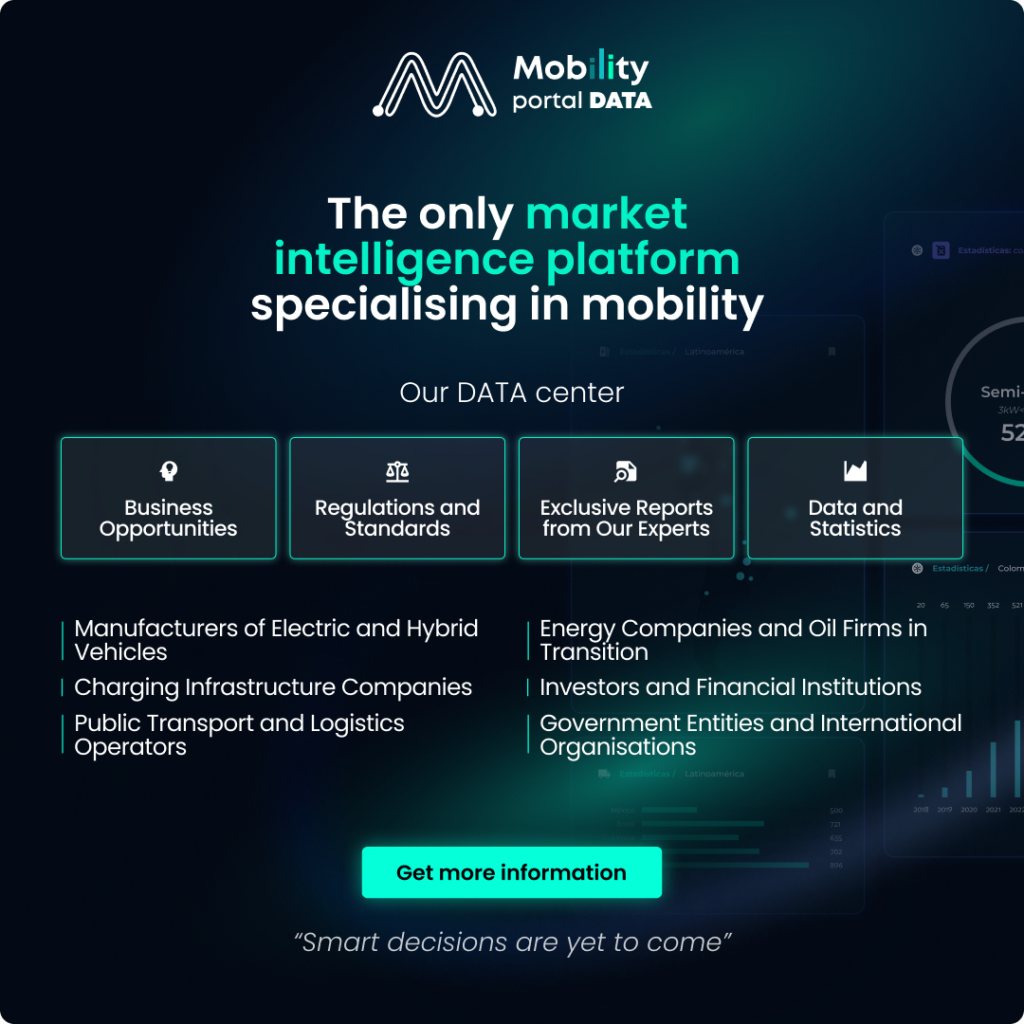Electric vehicle (EV) charging stations have reached a new level of development. It is now possible to install them in regions exposed to extreme climates without compromising screen functionality or user experience.
What is the technology behind this advancement? The answer is optical bonding.
“Optical bonding directly joins the cover glass and the touch sensor with the TFT display, ensuring near-lossless light transmission that results in improved content readability,” explain sources at DATA MODUL to Mobility Portal Europe.
The result is a drastic reduction in glare and a significant improvement in image contrast—even under high-brightness conditions.
In charging stations located in public spaces, where constant sun exposure and screen readability are crucial to user experience, this type of technological solution makes a substantial difference.
In addition to enhancing visibility, optical bonding also improves structural resilience.
“Durability is key: a properly bonded display can remain stable and fully functional for several years, even beyond the typical product lifecycle,” they comment.
The tech company highlights that this method “increases impact resistance and reduces sensitivity to moisture and contaminants, while also optimising touch performance.”
In this context, these types of displays are especially relevant for use in hostile environments, such as high-humidity regions, desert areas, or locations exposed to sudden temperature changes.
“As charging infrastructure expands globally, we’re seeing strong interest from regions with demanding climates, such as North Africa, South America, or Arab countries,” they note.
The interest in this technology stems from the complex combination of environmental factors that make it difficult to install and maintain charging stations: high UV exposure, airborne fine dust, saline humidity, and wide temperature fluctuations.
What types of locations benefit most from this solution? Open-air car parks, coastal areas with saline air, and mountainous regions with extreme temperature changes.
“Markets accelerating their electromobility efforts tend to prioritise outdoor durability and readability from the outset, which makes this technology a genuine advantage,” acknowledge representatives from DATA MODUL.
How does optical bonding ensure resilience?
Customised glass solutions can be used to meet specific IK impact resistance standards (e.g. IK07 to IK10), protecting the display against vandalism.
For maximum protection, laminated safety glass (VSG)—consisting of two layers of glass bonded together—acts like armour.
Even through several millimetres of glass thickness, the touch functionality remains precise.
Projected capacitive touch sensors (PCAP) use a transparent conductive material, such as indium tin oxide (ITO), applied to a base material like glass or PET film. When a finger touches the screen, the resulting change in the capacitive field is detected by the touch controller, accurately identifying the point of contact.
PCAP technology with Single-Sided Touch (SITO) design allows for accurate input even through cover glass up to ten millimetres thick—and while wearing gloves.
It can also detect common disruptions such as water on the screen.
However, not all PCAP sensors are the same. Depending on the requirements—such as screen size, installation environment, or usage conditions—different sensor technologies may be more appropriate.
DATA MODUL offers a wide range of PCAP variants and ensures that the right optical bonding method is selected to match each sensor type and application.
This allows for optimal performance, even in challenging outdoor conditions or when using advanced display formats such as large or curved screens.

How is optical bonding integrated into chargers?
DATA MODUL’s display solutions—comprising glass, touch components, electronics and mechanical parts—are typically integrated by the charger manufacturer.
“Usually, optical and structural bonding technologies form part of the display device’s production or assembly process,” the company explains.
Screen size and whether it’s intended for a small HMI unit (for command, control, and charge process visualisation) or a large-format combined HMI-advertising unit (for command, control, visualisation and advertising content), as well as the design, can all be customised by DATA MODUL according to the charger manufacturer’s requirements.
It is worth noting that the company provides full support for the customisation and integration of the display unit.
READ MORE
-
Connectivity, DC and high power: ORBIS’ three technology bets for eMobility charging in 2026
ORBIS is heading into 2026 with a clear technological focus: stronger connectivity, further development of its DC solutions and a decisive push towards high-power charging. The Spanish manufacturer is fine-tuning its portfolio to align with the evolving European regulatory framework, while introducing its new Viaris ISI charger.
-
The charger’s ‘face’: why the HMI decides the success—or failure—of public chargers
Touchscreens at charge points act as the human–machine interface (HMI). If the interface fails, so does the charger. How can we ensure an optimal customer experience?
-
EV panorama in Europe: electric cars pass the 20% mark as BYD steps up its EU push
Europe’s electric vehicle market continues to gain ground: battery-electric cars exceed a 20% monthly share in November, BYD triples its registrations, and Tesla extends its loss of momentum, according to the latest data from ACEA.










